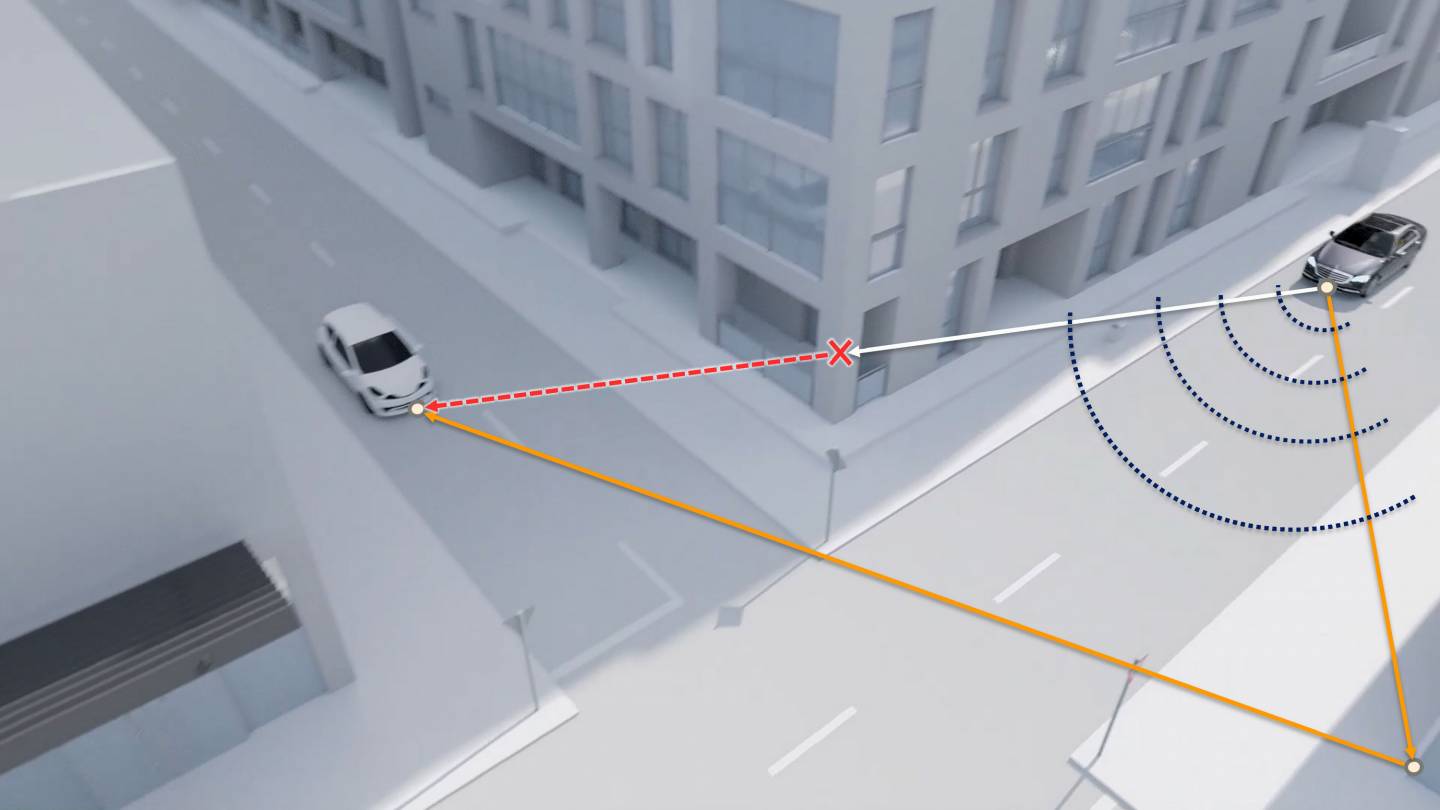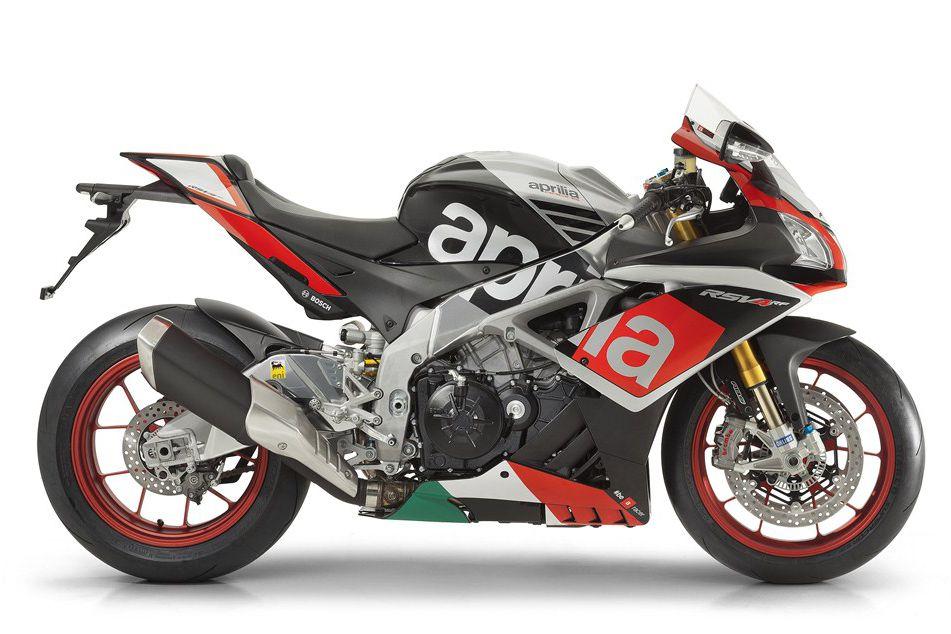Radar developed to help cars ‘see’ bikes even around corners!
The new type of radar system that is claimed to allow cars to detect approaching motorcycles and bicycles even around corners.

PRINCETON University has developed a new type of safety system that enables cars to detect vulnerable road users even if they are around a blind corner.
The new system uses Doppler radar, which bounces radio waves off the surfaces of buildings and other objects on the road. As the signal bounces off buildings, say in a city of built-up area, the computer control unit can then build up an image of the vehicle’s surroundings, helping it to detect vulnerable road users. The picture the system can build up is so advanced it can even detect whether the object out of view is moving or stationary.
The system has already been used to detect bicycles, meaning it should, given their larger size and mass, be able to detect motorcycles too.
The new detection system could also be fitted to a bike, allowing it to detect other road-users otherwise hidden from view, bicycles, pedestrians, other motorcycles, or even horses.
Professor Felix Heide, an assistant professor of computer science at the university, says the system has ramifications for the safety of motorcyclists.

“We have already tested bicyclists successfully, so motorcyclists and scooter riders will also be easy to detect by our system,” he says.
“This [system] will enable cars to see occluded objects that today’s lidar and camera sensors cannot record, for example, allowing a self-driving vehicle to see around a dangerous intersection,” says Felix.
“The radar sensors are also relatively low-cost, especially compared to lidar sensors, and scale to mass production.”
Fangyin Wei, one of the lead authors of the study, says the computer running the system had to learn to recognise cyclists and pedestrians from a very sparse amount of data.
“First we have to detect if something is there. If there is something there, is it important? Is it a cyclist or a pedestrian?” she says. “Then we have to locate it.”


